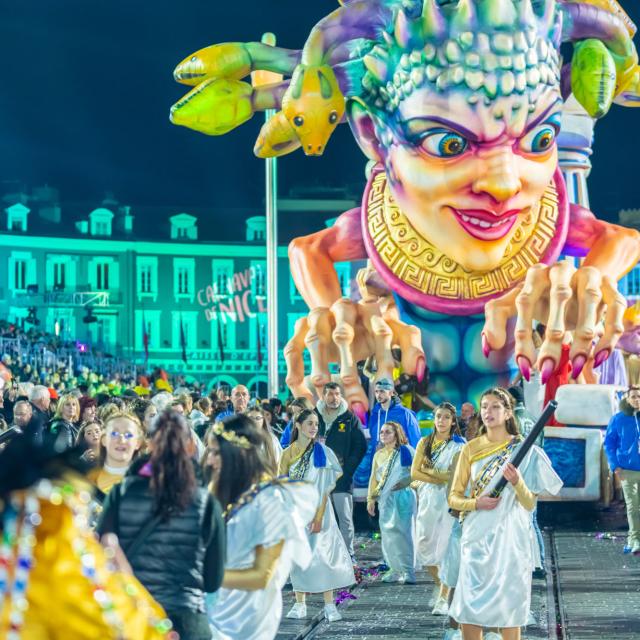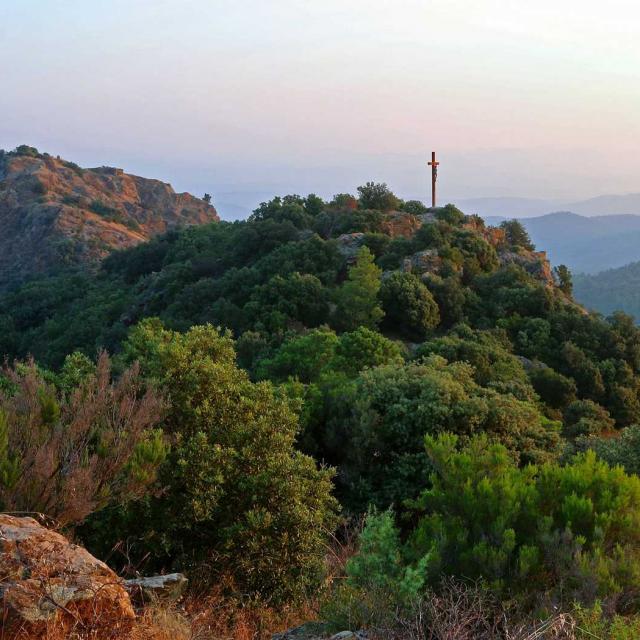the origins of Mimosa in the South
Imported from Australia by the English to decorate their gardens, the tree with its little yellow pompoms and its delicate, flowery fragrance has been perfuming the roads of Provence since the late 18th century. Mimosa is from the acacia family and has adopted Provence. The Mediterranean climate has helped it to become a real crop in the region and especially on the Var Côte d’Azur where mimosa has put down its roots. It has become the emblem of the medieval village of Bormes-les-Mimosas, and also lights up the Corniche des Maures, the Massif du Tanneron and the Estérel. Some of its species have settled in so well that they colour gardens and hills with their sparking yellow, as it has become wild once again.









